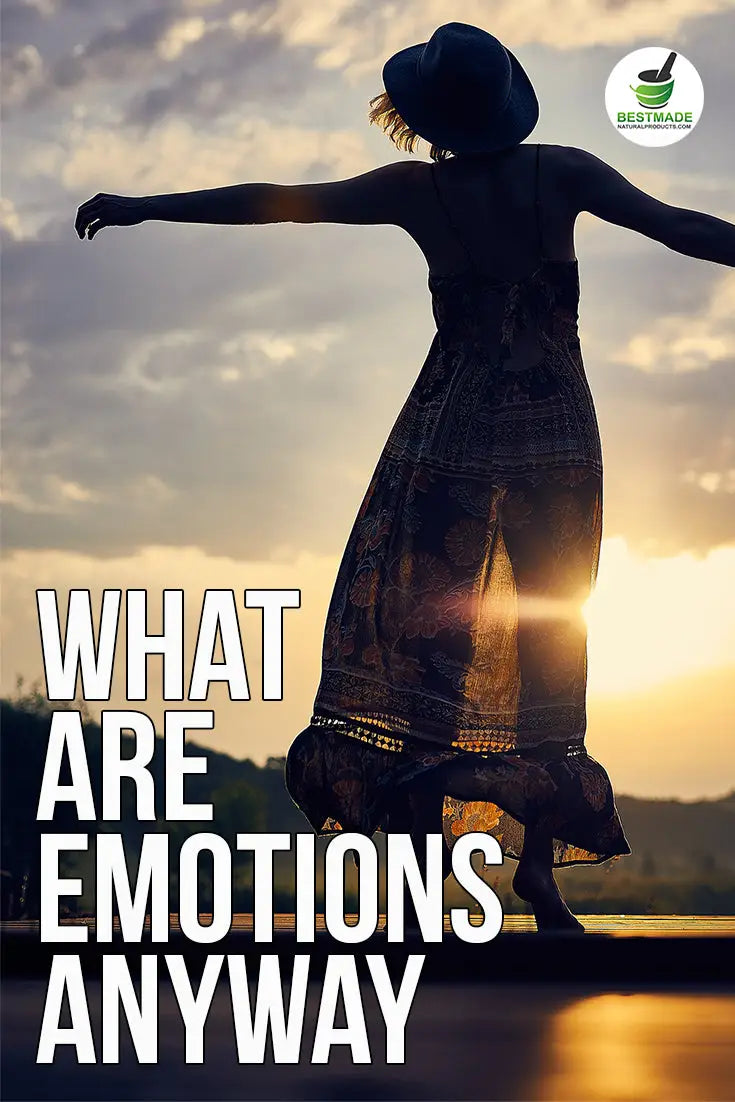
What Are Emotions Anyway?
We hear a lot of talk today about emotions, the importance of understanding our feelings, and how to be happy. But, before we can get to the heart of understanding our emotional health, it is crucial that we know first what emotions are at their most basic level.

And while this question has been answered many ways by philosophers, psychologists, and neuroscientists, we offer an overview to help you understand not only the origin of your emotions by also how they change and affect your body and mind.
Understanding Emotions
Emotions are not just a product of one thing. In fact, how you feel is created by combining cognitive judgments about how much something matches your expectations with physiological changes to your body as well as habits of your mind and past experiences.
When we look at your brain activity, we can see that the emotional center of your mind generates your emotions by perceiving your body’s response while also appraising known factors against your own criteria for happiness. Let’s look at this a little more closely.
The first factor that comprises your emotions is your subjective experience. When something happens to you, you determine if this brings you closer to your idea of happiness or further away. You decide how much this event, person, or circumstance matches your “ideal” for genuine happiness in your life. The closer things are to this ideal, the happier you will feel. The further away, the more dissatisfied, angry, confused, or disgusted you will feel.
Next, your body has different physical responses to what happens to you. When you are scared, for example, your heart will race, and your palms may sweat. These are responses dedicated by the autonomic nervous system, a part of your brain that tries to keep you safe and protect you from danger. When you feel certain physical responses, your mind registers these as specific emotions.
Finally, we have a behavioral response, which is how you express that particular emotion. Our emotional health depends a lot of how well we manage our expression of these various emotions as well as how well we understand how others are expressing theirs.
Many times, expressions of emotion are dictated or influenced by cultural norms, but there are also many universal expressions that make it easy to tell what someone is feeling across cultural boundaries.
The Basic Emotions
Over four decades ago, a psychologist named Paul Eckman determined that all emotions could be placed into one of six broad categories that are universal across cultures. His categories were happiness, sadness, anger, fear, disgust, and surprise. Later, other groups were added, including embarrassment, shame, pride, excitement, satisfaction, and amusement.
When you consider all the other thousands of emotions, they are all just combinations of any two of these types of basic categories. For example, excitement is a combination of happiness and anticipation. Rage is a combination of anger and annoyance.
The Difference Between Emotions and Moods
While your emotions usually last for only a short while and have some sort of identifiable cause, moods typically last longer and are a milder version of emotions. It is often much more challenging to figure out the cause of a mood, as well.
Final Thoughts
The various types of emotions we experience affect how we interact with other people and the decisions we make to live our lives. Your feelings affect everything from your perceptions to your actions and choices, so understanding them is vital to your self-awareness and emotional health. If you want to manage and control your emotions, instead of allowing them to manage and control you, then the first step is understanding how you feel and why.



Leave a comment